In the first part of our series on Famous Native American Leaders Who Changed History, we explored the lives and legacies of Sitting Bull, Geronimo, Chief Joseph, and Crazy Horse. These remarkable individuals showcased extraordinary resilience, bravery, and leadership, leaving an indelible mark on history and their communities.
As we continue this journey, Part 2 will tell the stories of four more influential Native American leaders. From the diplomatic prowess of Chief Seattle to the unifying efforts of Pontiac, the groundbreaking achievements of Susan LaFleche Picotte, and the visionary leadership of Wilma Mankiller, these leaders further exemplify the rich heritage and significant contributions of Native Americans.
Join us as we honor and celebrate these remarkable figures who played pivotal roles in shaping the history and culture of their people and the nation.
Chief Seattle
Chief Seattle was a principal figure of the Duwamish and Suquamish tribes in the Puget Sound area. He is famous for negotiating his people’s response to the arrival of settlers.
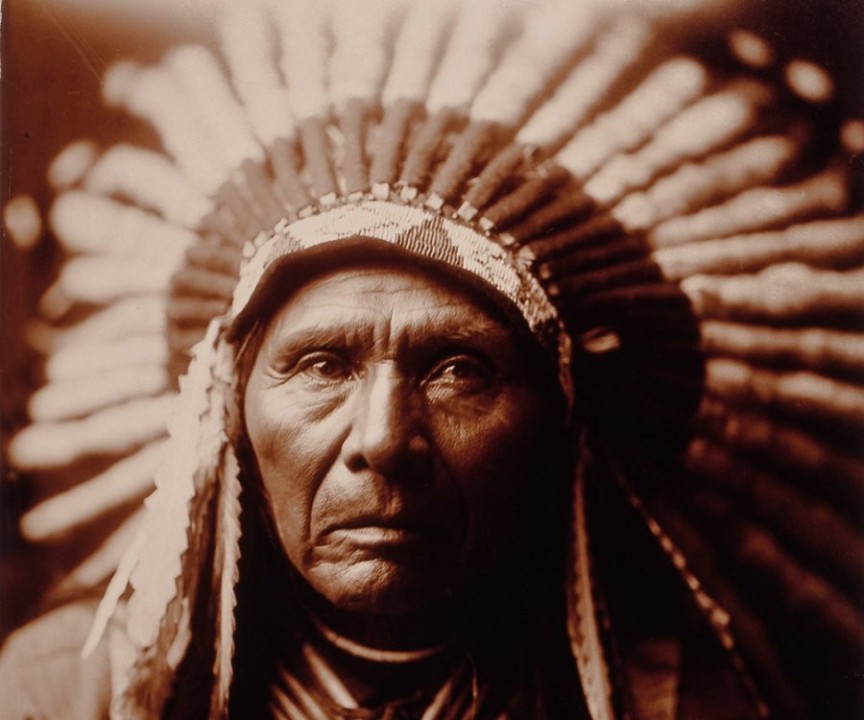
Chief Seattle was born on the Black River near modern Kent and little detail is known of his growing up. As white contact increased in the 1850s, bringing tensions and warfare along with it, the exploits of Chief Seattle came to light. This was a period when Governor Isaac Stevens planned to pressure tribes to sign treaties limiting them to reservations in a bid to carve out land for American settlement.
At an 1855 meeting of chiefs to consider Stevens’ proposed treaty terms, Chief Seattle gave a legendary speech that continues to resonate throughout history. He stressed the need to live in harmony with settlers when possible but called for the refusal of land exploitation or disregard for native ties to the environment. The treaty was signed granting Seattle’s people less desirable reservations.
It also left non-reservation fishing rights that Seattle wisely fought for. Chief Seattle later converted to Catholicism, staying neutral during brief Indian Wars before dying from disease around 1866. His forward-thinking speech made him an icon for modern environmentalism.
Pontiac
Pontiac was an Ottawa chief born in the Maumee River Valley in modern-day Ohio. While not much is known of his growing up, his exploits as a critical figure in the native resistance against British occupation belong in the history books. When the British took over former French territory in the Great Lakes region following the French and Indian War, Pontiac grew suspicious.
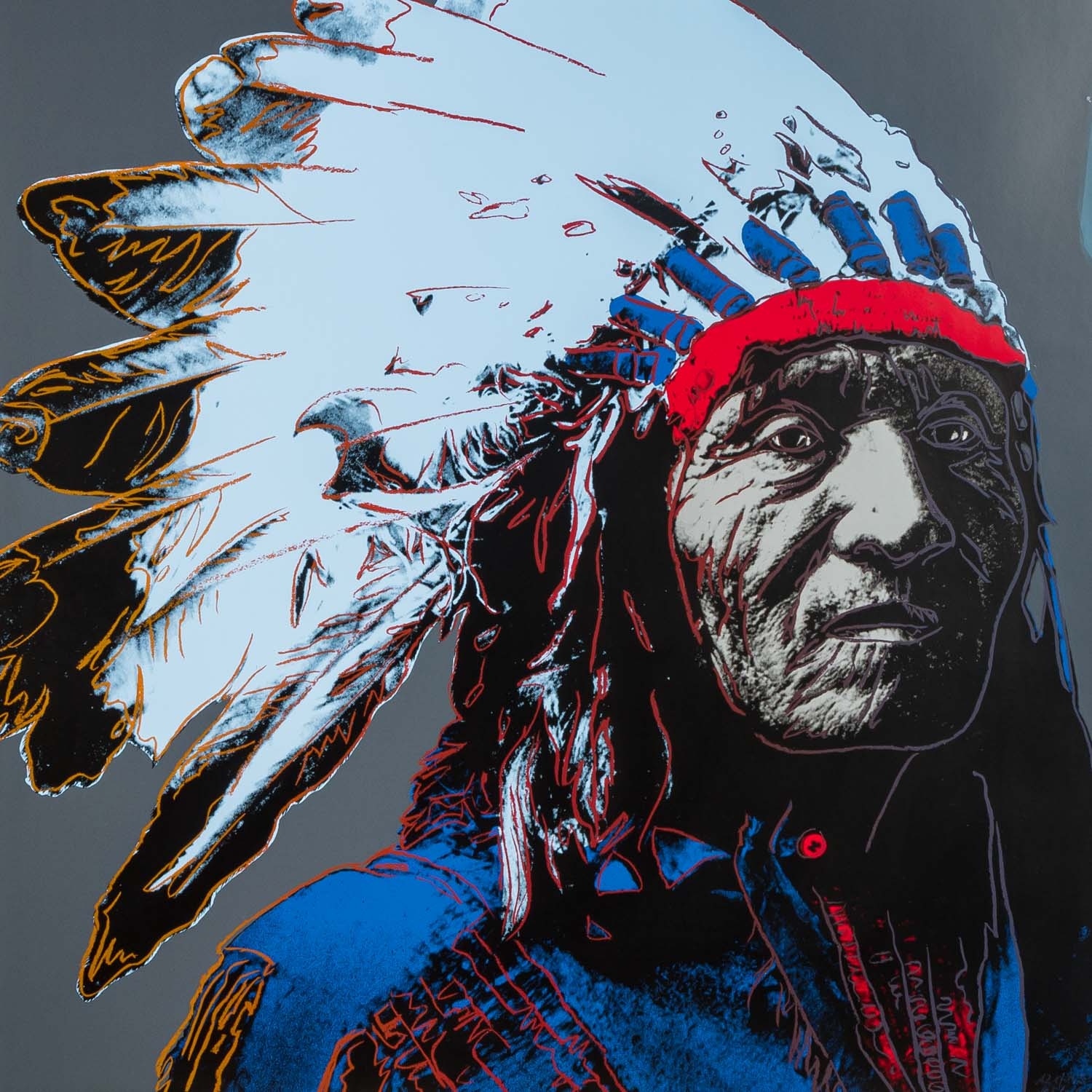
Rumors had it that Britain aimed to colonize Western lands. To this effect, they started threatening native groups who relied on the territory for trapping furs and hunting game. Pontiac helped to launch a rebellion against a fresh British occupation in the frontier west of Appalachia.
Using careful planning and diplomacy, he managed to convince a coalition of tribes like the Delaware Shawnee Ojibwa Huron and Potawatomi to join his cause. Their joint plan was to strategically attack British outposts and try to seize the key forts of Detroit Niagara and Pitt in the Ohio country. The Allies failed to take the vital strongholds although they seized several small forts and settlements.
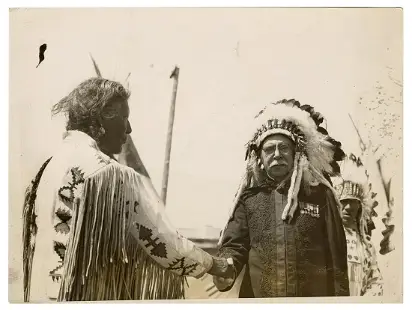
Pontiac and his group succeeded in killing over 400 British soldiers and over 2000 settlers. This great loss led to Britain issuing the Proclamation Line that served to block Western settlement. Britain would later negotiate diplomatic agreements and peacetime relations with Great Lakes tribes instead of promoting more violence.
Since then Pontiac has been acknowledged for his work as a legendary unifier. He understood that pan-Indian coordination and strategy were crucial to tackling the expanding British power and his leadership helped prevent his people from succumbing to British rule.
Susan LaFleche Picotte
Susan LaFleche broke boundaries for Native American women when she became the first formally trained indigenous female doctor. She achieved this rare feat in 1889 after she attended the Women’s Medical College of Pennsylvania.
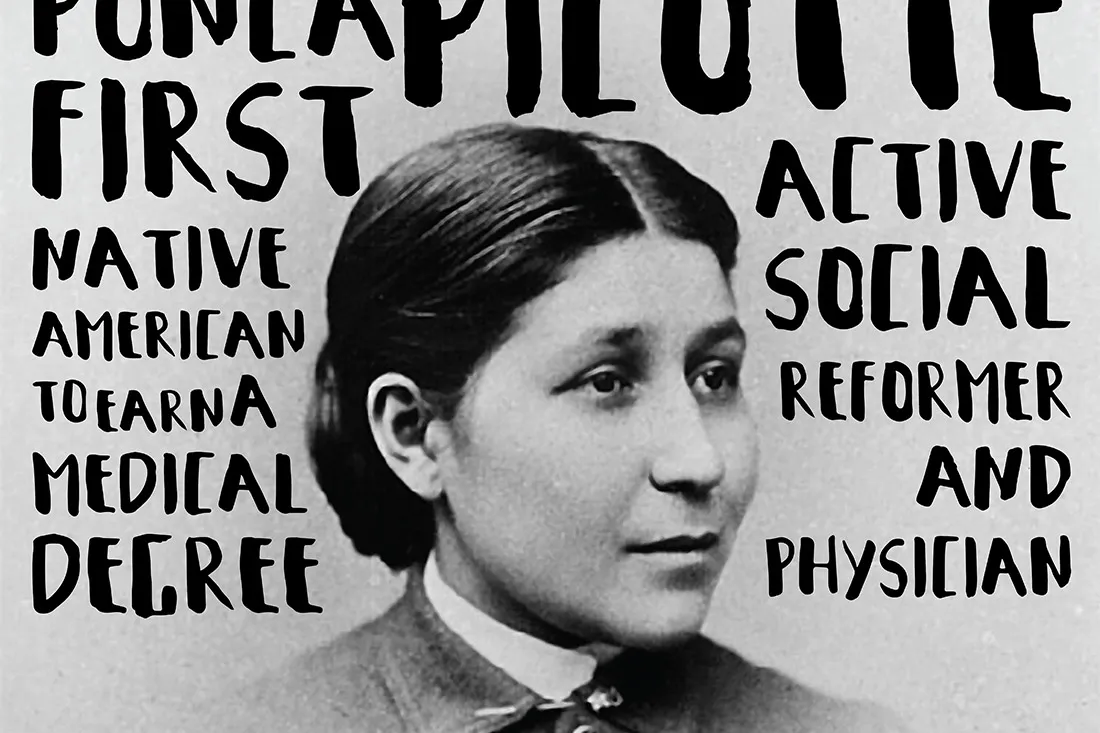
She had been born in 1865 on the Omaha Reservation in Nebraska to parents who pushed for her academic development. Her father was an Omaha chief responsible for negotiating with Washington politicians. After working for the Office of Indian Affairs Dr. Picotte realized her dream of founding a small hospital on Nebraska’s reservation in the 1930s.
Her vision was that this hospital would give Native Americans better access to health care given the prevailing inefficiency of the then Indian Health Service. Although it struggled with staffing and funding Dr. Picotte skillfully maintained the facility almost on her own and was eager to use her money when necessary. She worked tirelessly to deliver medical care by providing life-saving surgery caring for expectant mothers containing infectious diseases and several other acts.
Her passion for improving Lakota’s health through hands-on community care and education continued to drive her. At times Picotte would make house calls irrespective of location or a patient’s ability to pay. Unfortunately for Picotte her dedication came with a price as she succumbed at age 50 to bone tuberculosis which she likely contracted from a patient years earlier.
Despite that Susan LaFleche. Picotte made an indelible impact in her short time here. She was the overworked pioneer physician and advocate who served Nebraska’s tribes with immense zeal and zest.
She overcame gender-based prejudice to promote modern health care suited to marginalized Native communities.
Wilma Mankiller
Wilma Mankiller is popularly known as the first woman elected Principal Chief of the Cherokee Nation and this was a feat she achieved despite facing tremendous hardship and prejudice.
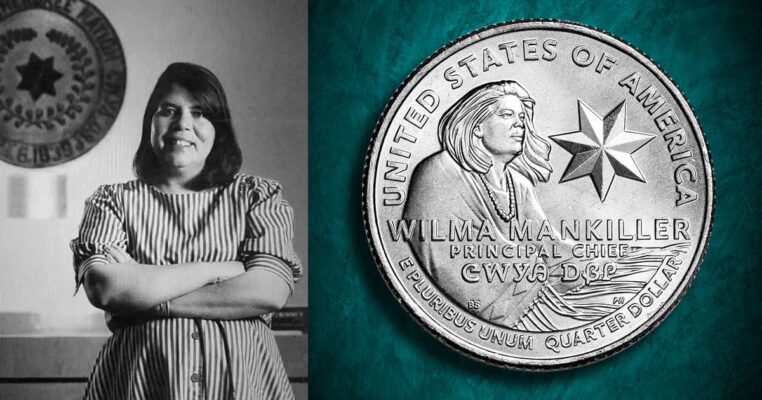
She was born in Oklahoma in 1945 and her family moved to San Francisco as part of a government assimilation program. The young Wilma married an activist on the Native American-occupied island of Alcatraz when she was just 17. Once the occupation ended Mankiller pursued social work to help the Cherokee while raising her two daughters.
In 1983 Chief Ross Swimmer appointed Mankiller as his Deputy Principal Chief and this historic move positioned her as heir apparent for Principal Chief. Mankiller won the election in 1987 while suffering from myasthenia gravis. Her time in service saw her implementing community programs and business ventures to empower the Cherokee Nation.
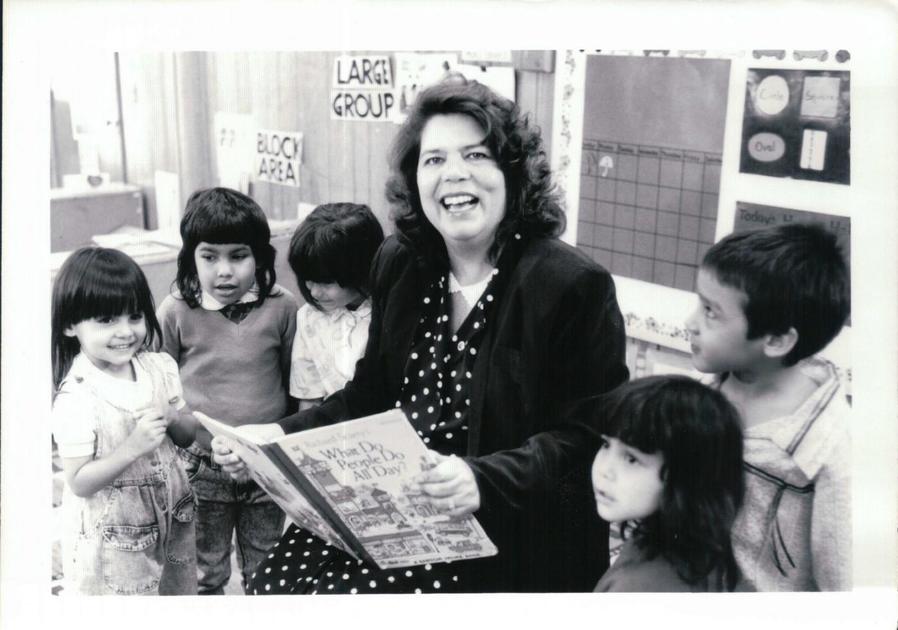
Her primary focus was health care education rural infrastructure tribal registration drives and preserving her people’s Cherokee culture. Mankiller helped to promote tribal membership and revive cultural traditions impacted negatively by America’s Indian termination policy and these were impressive feats for a modern woman chief. Wilma Mankiller eventually passed away in 2010 following her stage four pancreatic cancer diagnosis.
Mankiller’s visionary leadership and dedication to Cherokee prosperity self-sufficiency and sovereignty were her most significant contributions. She left behind an indelible mark that helped to revitalize and bring progress to her tribe. At the height of her journey Mankiller battled entrenched sexism and systemic injustice to open doors for Native American women.
She set new standards for Cherokee revival and is forever remembered as an icon for resolve and advancement of equality.
Conclusion
Throughout this two-part series, we’ve journeyed through the lives of eight remarkable Native American leaders who made history with their courage, resilience, and vision. From the battlefield victories of Sitting Bull and Crazy Horse to the diplomatic successes of Chief Seattle and the pioneering medical work of Susan LaFleche Picotte, each leader left a unique and lasting legacy.
These stories remind us of the rich cultural heritage and profound contributions of Native Americans. Their leadership and sacrifices continue to inspire and teach us the importance of perseverance and justice.
As we honor these leaders, let’s carry forward their spirit of resilience and commitment to making a difference in our communities and beyond!



